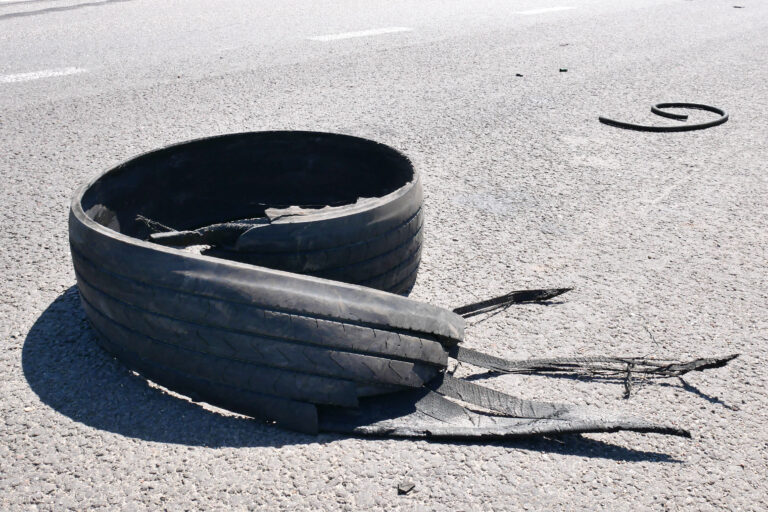The COVID-19 pandemic made working from home a popular and common option for many Austin, Texas, employees. It can be cost-effective for employers and convenient for qualifying employees. But what happens if you are injured on the job in your own home? Is your company still liable?
This is a concern for many remote employees. Unfortunately, whether you qualify for workers’ compensation depends on factors surrounding your injury. Every case is different, so here’s how to determine remote work liability in Texas.
Employer Responsibilities
While remote work provides flexibility and convenience, employers still have a responsibility to maintain a safe work environment. Texas employers should consider providing guidelines and resources to remote workers to promote workplace safety.
This includes ensuring employees have suitable equipment, such as ergonomic chairs and desks, and establishing protocols for reporting any work-related injuries or accidents that occur in the remote work setting.
Under Texas law, remote employees have the same rights to workers’ compensation as on-site employees. However, the guidelines are a little different, and establishing liability can be more complicated.
Coverage for remote employees generally includes any work-related injuries that occur in the performance of job duties. Employers must ensure that these employees are informed of their rights and the procedures for filing claims, which can require meticulous documentation to substantiate the work-related nature of an injury.
Common Workers’ Compensation Injuries for Remote Workers
Remote workers often face unique challenges that make them vulnerable to specific injuries, largely due to the home office environment. One common issue is the development of cumulative trauma disorders, which arise from repetitive motions. These disorders occur when workers engage repeatedly in activities such as typing or clicking without proper ergonomic support, leading to conditions like carpal tunnel syndrome or tendonitis. The repetitive nature of these tasks without the proper setup can gradually result in significant discomfort or injury.
Another notable risk encountered by remote workers is the potential for trips, slips, and falls. Often, home offices may not be as carefully arranged or organized as traditional office spaces, increasing the likelihood of accidents. Factors contributing to these risks include clutter, cables spread across walking paths, or insufficient lighting. When an office space at home is not adequately maintained or thoughtfully arranged, it can pose significant physical hazards, leading to injuries that can disrupt a worker’s routine and productivity.
The blurred lines between personal and professional activities while working from home pose challenges in determining what constitutes a work-related injury. Workers’ compensation doesn’t cover all injuries sustained at home as a remote employee. For an injury to be compensable, it must be proven to have occurred in the fulfillment of job responsibilities, not during personal tasks or recreational activities.
For example, let’s say you are warming up your lunch during your lunch break and trip over your dog’s water bowl. You were not performing any job-related tasks. Therefore, your injury probably won’t be covered.
How to File Workers’ Compensation
Filing for workers’ compensation as a remote employee in Texas involves several specific steps to make sure your claim is processed correctly.
- Immediately report the injury to your employer, as Texas law requires a notice within 30 days of the incident.
- Document all details regarding the injury, including time, date, and how it occurred.
- Seek medical treatment as soon as possible and ask that your injury be reported as work-related.
- Complete Form DWC041, the Employee’s Claim for Compensation for a Work-Related Injury, available from the Texas Department of Insurance.
- Submit this form to the Division of Workers’ Compensation within one year of the injury date, along with any medical records and documentation that support your claim.
- Follow up with your employer’s insurance carrier to confirm that they have processed your claim.
If you encounter any issues or need further assistance, consider contacting the Texas Department of Insurance’s helpline for guidance on the workers’ compensation process.
Why You Need an Attorney
While it’s possible to file a Workers’ Compensation claim without a lawyer’s help, we don’t recommend it. Given the complexities involved in managing remote work liability and workers’ compensation claims, having an experienced personal injury lawyer on your side limits the risk of your claim being denied.
Insurance could deny your claim if you don’t have proper documentation, perfect timing, or perfect circumstances. An attorney can help you determine why your claim was denied, gather evidence, and argue for a different result.
The insurance company may even try to limit you to doctors within their network, but an experienced attorney can fight for you to receive the best medical care possible. If you’ve missed out on work or are missing out on work long-term, an attorney can help ensure you receive full compensation for lost wages.
The ins and outs of filing a Workers’ Compensation claim as a remote employee can be confusing, and you shouldn’t take this situation lightly. A qualified Austin, Texas, personal injury attorney can help you get full value for your injury.










